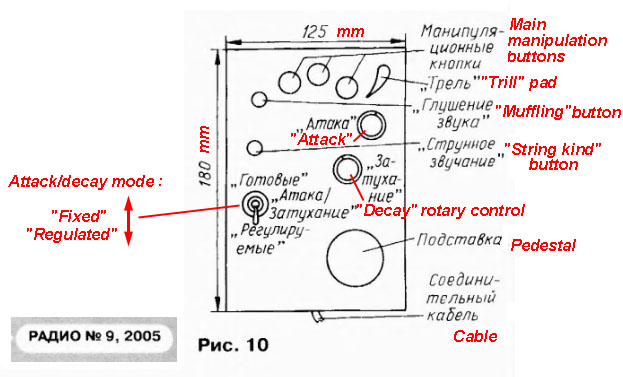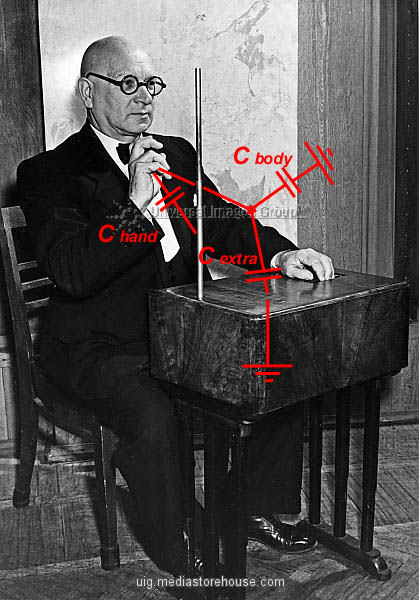"Have tried to approximate the dependences by analytic functions, in all the distance range, but without success." - ILYA
Ya, I've spent more time looking into C analytics than I care to admit. The solutions they show you in school textbooks have tons of symmetry (concentric spheres, infinitely long coaxial conductors, etc.). I'm certainly not the best at math, but it seems even those who are the best can't do this stuff without FEA simulation guiding them to the right expressions, even for what seems doable like parallel circular plates. I think much of the complexity has to do with the charges on a conductor being free to move around. Papers will come up with a near case and a far case, and often a surprisingly good fit is just adding them. And then there's the question of mututal vs. intrinsic vs. total seen by the antenna, what are they really solving for? (Ask a group of physicists to calculate the capacitance of the Earth and you'll get many different answers, all of them adamantly defended by their proponents.) Simulation, backed up by real measurements such as you and I have done, are the only things I care about at this point.





